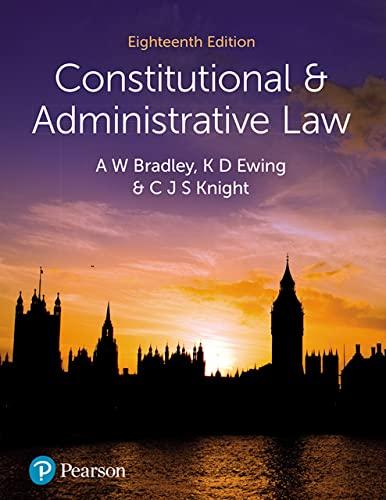Question
Make a SWOT Analysis on ( a lot of pages on word ) https://www.oakpointtexas.com/DocumentC Point-Personnel-Manual-October-2021 Step 1: Invite Participation Once you've collected your external and
Make a SWOT Analysis on ( a lot of pages on word )
https://www.oakpointtexas.com/DocumentC
Point-Personnel-Manual-October-2021
Step 1: Invite Participation Once you've collected your external and internal
Environmental Scan information, the next step in the process is to share this information with the individuals who will be participating in the actual SWOT Analysis.
Information discovered during the
Environmental Scan provides a valuable insight to what might be your agency's Strengths, Weaknesses, Opportunities and Threats. The SWOT Analysis Matrix provides an illustrative way to display these data that is easy to understand. Step 2:
Conduct a SWOT Analysis Meeting The next step in the Environmental Scan and
SWOT Analysis process is to assemble a team to meet and complete the process.
The team could consist of the individuals who completed the Environmental Scan, human resources staff, or a different cross section of the agency's employees. Follow the steps in the Conducting a Successful SWOT Analysis Meeting Worksheet to arrange an effective SWOT Analysis meeting. Step 1 - Explain the Process Since time is usually at a premium for meeting participants, it is important that the participants understand why they are at the meeting and what the expected outcomes of the meeting are. Explain that the purpose of the meeting is to conduct a SWOT Analysis of the agency's workforce.
Define SWOT Analysis as the process of documenting the agency's Strengths, Weaknesses, Opportunities and Threats.
Explain how your agency will use the outcome of the meeting - that the results are important because the information will serve as a foundation for the agency's workforce and strategic/business planning.
Before beginning the business part of the meeting, establish meeting ground rules (an agreed upon set of norms on how the meeting will be conducted): Step 2 - List Strengths Develop a list of all of the internal strengths of the agency incorporating feedback from the team members, emails and surveys. Discuss the strengths and clarify any questions or confusion.
Examples of strengths could include an experienced staff or good employee training program. Step 3 - Identify Weaknesses Repeat the process you used to identify strengths to generate a list of the agency's weaknesses. Weaknesses are internal factors that may impact workforce planning negatively. Examples of weaknesses could include an absence of procedural manuals or lack of an employee mentoring program. It is possible that a strength could also be a weakness. For example, long-time employees could be a strength because of their experience, but may be a weakness because it might indicate a workforce close to retirement.
Step 4 - List Opportunities Repeat the process to list opportunities. Opportunities are external factors, as opposed to the internal factors of strengths and weaknesses. Opportunities could include new relevant training programs at educational institutions or an emerging diverse workforce. Step 5 - Identify Threats Repeat the process to identify threats.
Threats are also external factors. Threats could have a negative impact on your workforce planning and could include aprojected increase in the cost of employee health insurance or an expected reduction in government funding. Again it is possible that an opportunity may also be perceived as a threat. For example, new technology tools might be an opportunity, but also threaten staffing levels. Step 6 - Establish Priorities You will have four lists once you've identified your Strengths, Weaknesses, Opportunities and Threats. Use a prioritization process to reduce each of the four lists to five top priorities. Two options for doing this are: 1. Give each person in the group five sticky dots and have them place the dots beside the options they prefer.
They can choose five individual options or place multiple dots on an option they feel strongly about. The option with the greatest number of dots will determine the course of action. 2. Ask participants to rank the options using a scale of 1 to 5, where 5 points represents their first choice, 4 their second choice, etc. The desired option is the one that accumulates the highest total score. Step 7 - Discuss Next Steps The next step begins the process of turning the results of the Environmental Scan and SWOT Analysis into something actionable.
Encourage group discussion about the four prioritized lists by asking: How can we maximize the use of our strengths? How can we overcome the threats identified?
What do we need to do to overcome the identified weaknesses? How can we take advantage of our opportunities? Explain to the team members that the results of their efforts will be incorporated in the agency's business and workforce planning in the form of action plans.
Step by Step Solution
There are 3 Steps involved in it
Step: 1

Get Instant Access to Expert-Tailored Solutions
See step-by-step solutions with expert insights and AI powered tools for academic success
Step: 2

Step: 3

Ace Your Homework with AI
Get the answers you need in no time with our AI-driven, step-by-step assistance
Get Started


